This week marks the 75th anniversary of General Dwight D. Eisenhower’s arrival in London on January 15, 1944, as the Supreme Commander of the Allied Expeditionary Force. Ike had been in London a year and a half earlier to head the Torch landings in North Africa, but this time was different. As he later wrote in Crusade in Europe, he believed that certainty, confidence, and order had removed fear, doubt, and disorder on the part of the Allied leaders. Ike now headed a group of military men who held two great advantages compared to their earlier situation, in that all had gained tremendous experience in the ways of battle and war, as well as in the realities of fighting together as Allies.
In total reality, of course, leading his immediate team of strong but diverse personalities such as Arthur Tedder, Bernard Montgomery, and Bertram Ramsey on the British side, plus his fellow Americans Omar Bradley and Carl Spaatz, would tax Eisenhower’s leadership skills to their limits in planning for the invasion of Normandy. Eisenhower would have to do so while also answering to Allied leaders above him that included Prime Minister Winston Churchill, General George Marshall, and President Franklin Delano Roosevelt. His ability to administer this vastly complex political and military initiative from the center of constantly shifting wartime and logistical situations would in the end gain him great admiration for his success, but the process was anything but smooth.
Eisenhower’s first order of business was to create the proper composition of his headquarters staff. He later explained that his military chiefs would be most effective by performing dual roles—first, as members of his staff they would answer directly to him and cooperate in the development of the invasion plans, and second, they would individually be the responsible commander in charge of executing their role in the overall plan. While he wrote that he also expected exceptions in some cases, in the first case it is instructive that Eisenhower stood firm. He insisted that as Supreme Commander that the Strategic Air Forces (comprised of the British Bomber Command and US Eight Air Force, respectively headed by Generals Arthur Harris and Jimmy Doolittle) answer to him alone for the beginning stages of the Overlord attack. There was debate that these tactical commanders, whose primary responsibilities were to the frontline troops, would be poorly positioned to deal with both those responsibilities and their obligations for the overall strategic operation. Eisenhower solved this by having Harris and Doolittle report directly to him. In effect, Ike’s solution bypassed his deputy, Air Chief Marshall Arthur Tedder. But due to the confidence that Eisenhower clearly placed in Tedder’s judgment, as well as the all-around respect in which Tedder was regarded, Eisenhower was able to work with Tedder, Harris, and Doolittle effectively together. However, as he demanded, it was Eisenhower who held the reins of command in his own hands for the crucial stages of the invasion. Once the invasion had established a beachhead in Normandy and there was no threat of being thrown back, Eisenhower would not continue to hold the reins, but would revert to a traditional command chain for the strategic and tactical commanders.
Eisenhower later wrote that the reason he was so firm in his insistence on this issue was a lesson he learned from the invasion at Salerno—that when a commander needed the last amount of force necessary in a battle, he cannot be in the position of having to negotiate for it. But Eisenhower was also focused upon the ultimate goal of Overlord: victory. Without it, he knew that “Failure would carry consequences that would be almost fatal.” Upon Eisenhower’s judgment and leadership rode the decisive outcome of World War II on the battlefield.
A testament to the trials and responsibilities that Eisenhower shouldered 75 years ago in London, and which he carried to triumphant conclusion, today stands in Bedford, Virginia. This small town of nearly 4,000 people in the Blue Ridge Mountains suffered the loss of 22 of its young men from Company A, 116th Infantry Regiment, 29th Infantry Division in the Normandy campaign. In September 2013, I visited the National D-Day Memorial there. In a garden, a statue of Eisenhower stands under an open dome supported by columns. In the lead photo to this post, the invasion plan for Overlord floats on the ceiling of the dome above the Supreme Commander’s head, almost as if the most complex amphibious invasion in history is springing from his mind. Looking through the columns, Eisenhower’s gaze is directed over a long stone sword with red stone flames licking up off of the blade. The sword points toward the National D-Day Memorial, which depicts soldiers on the landing beaches of Normandy struggling to win Eisenhower’s vision for a decisive blow against Hitler’s tyranny, so many of whom remain under marble headstones in France today.
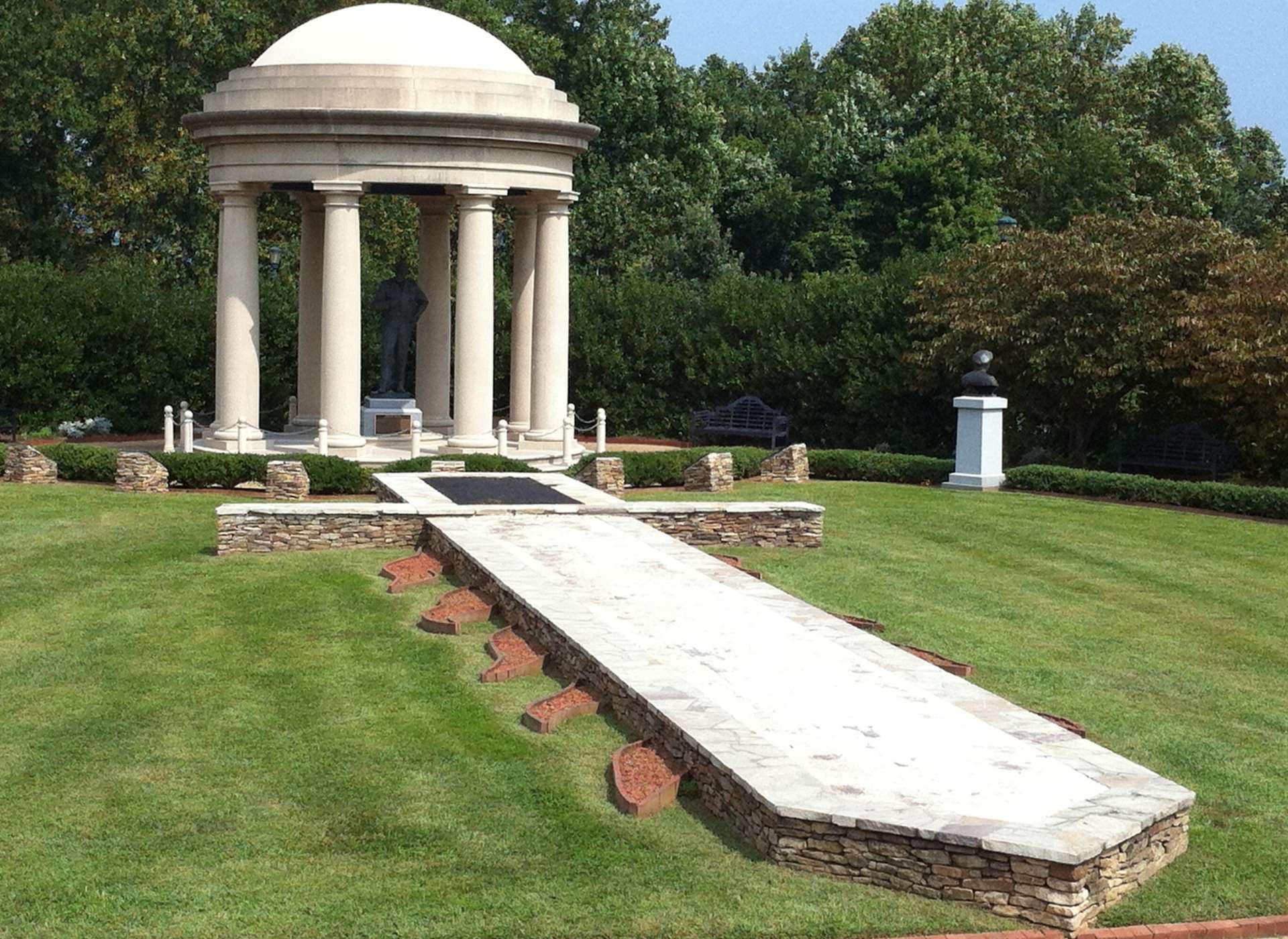
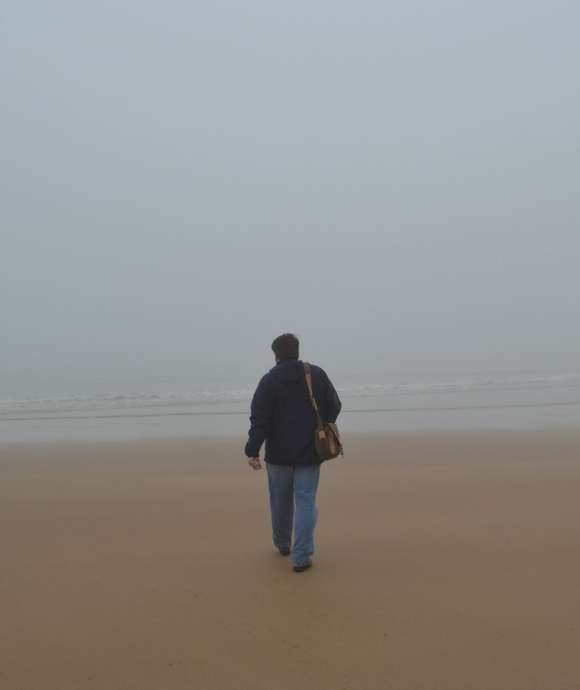
"No matter one’s age, travel is a unique and exciting educational experience. In my work, I have had the opportunity to reflect on history, events, and people in the places where they experienced life. Through the viewfinder, we can not only find history and perspective, but create memory, and evoke our evergreen past."
– Keith Huxen, PhD, Senior Director of Research and History, The National WWII Museum
Keith Huxen
Keith is the former Senior Director of Research and History in the Institute for the Study of War and Democracy at The National WWII Museum.
Cite this article:
MLA Citation:
APA Citation:
Chicago Style Citation:
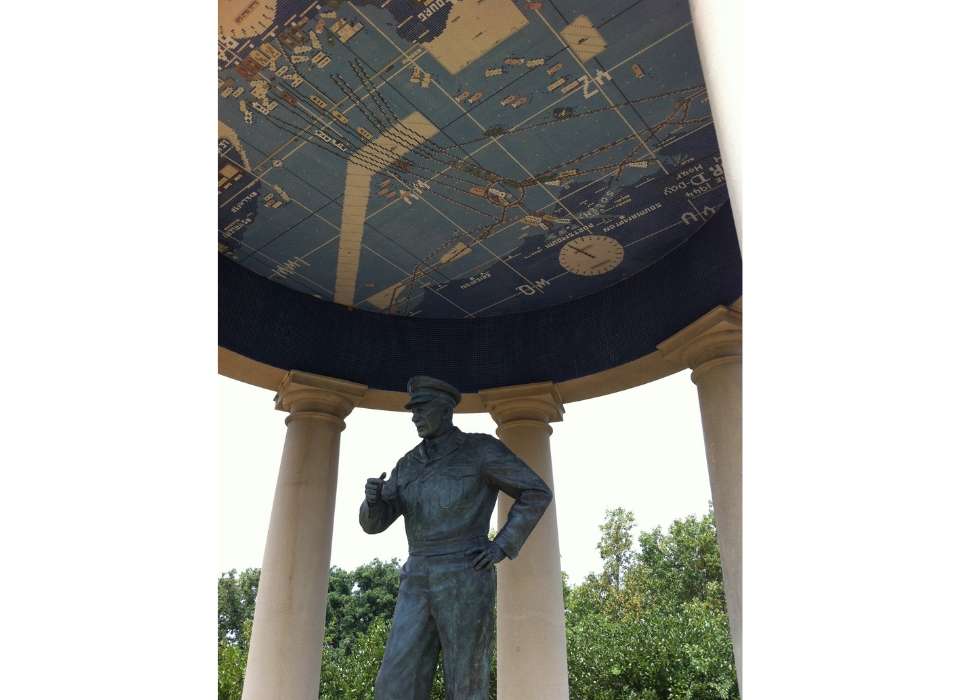

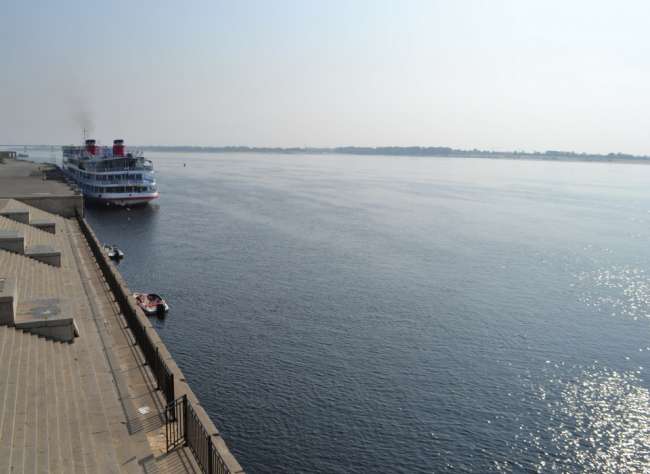
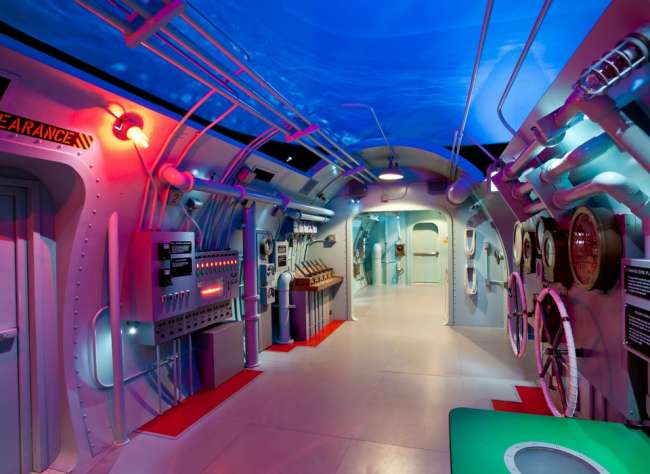
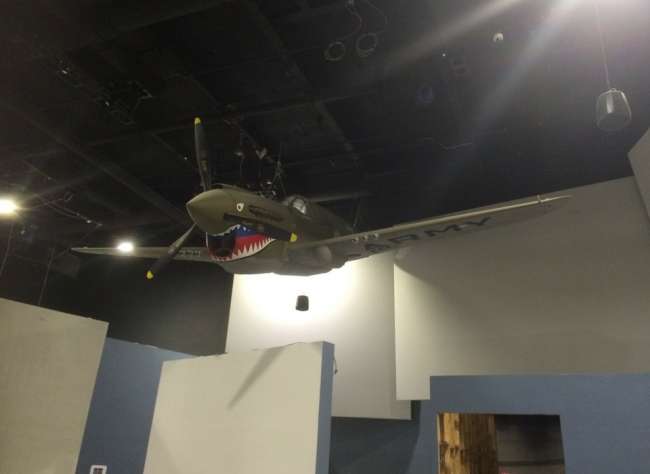



![Max Fuchs, New York City cantor, sings as Rabbi Sydney [sic] Lefkowitz, Richmond, VA, conducts the first Jewish services from Germany.](/sites/default/files/styles/max_650x650/public/2025-10/image1.jpg)



